Learn about the Native American art of petroglyphs and create art inspired by them.
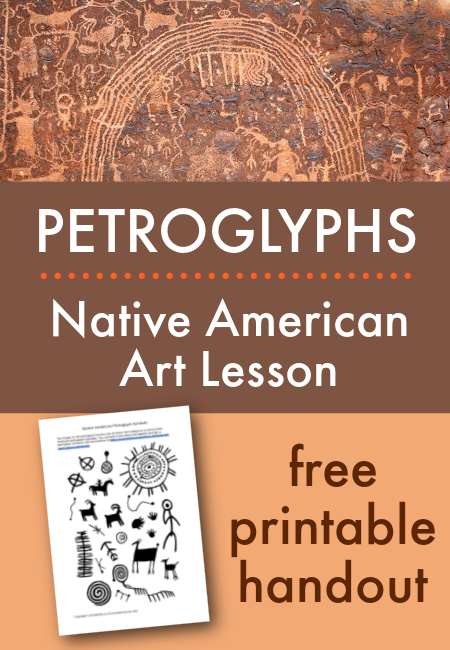
Native American art lesson for children about petroglyphs
In this famous art lesson we will learn about the Native American art of petroglyphs and create our own art inspired by them.
This lesson is part of our Thanksgiving activities and crafts resources, as we align our Thanksgiving festival with the acknowledgement and respect of native people and their history and culture.
In this lesson, you can:
:: learn about petroglyphs: what they are, where to see them, what they show, and consider their meaning
:: learn about the Native American people who created petroglyphs
:: create your own art inspired by Native American petroglyphs
:: you can read more about Native American history on the Native Hope site
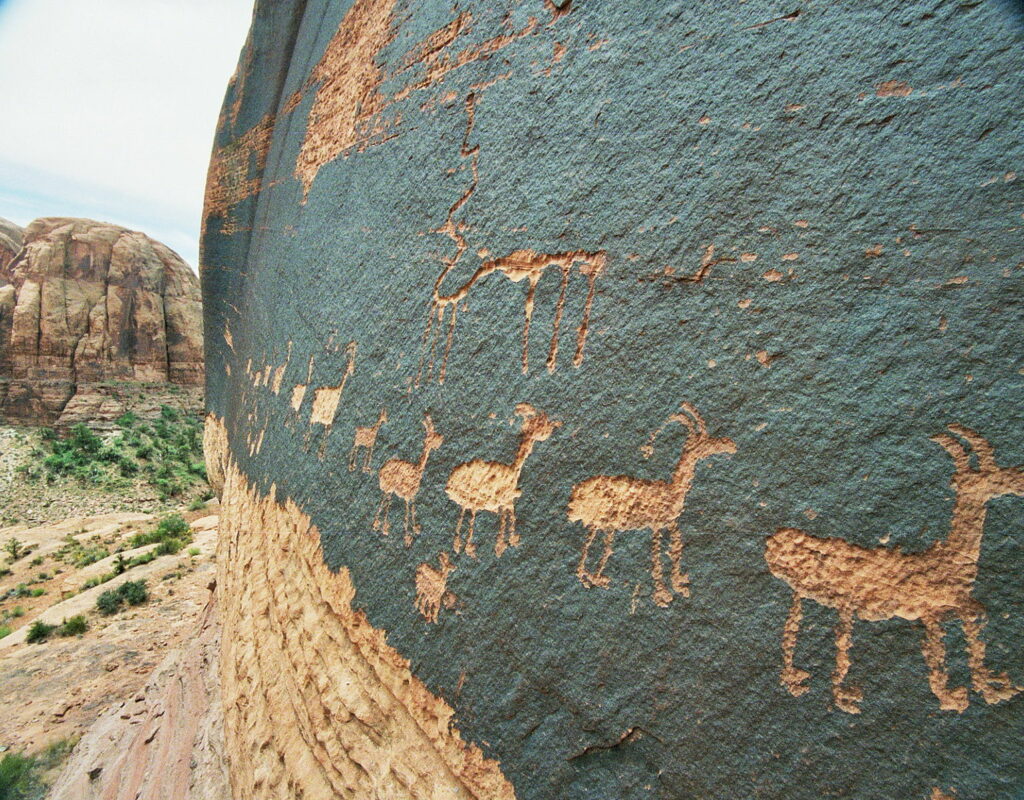
Materials needed for petroglyphs art lesson
:: free printable petroglyph symbols handout (see below for details on how to print)
:: a surface to create your designs on (see below for suggestions including rock, clay, play dough, salt dough, pebbles, and paper)
:: tools to create your designs with (see below for suggestions including rocks, clay/pottery tools and styluses, chalk, pencils, pens)
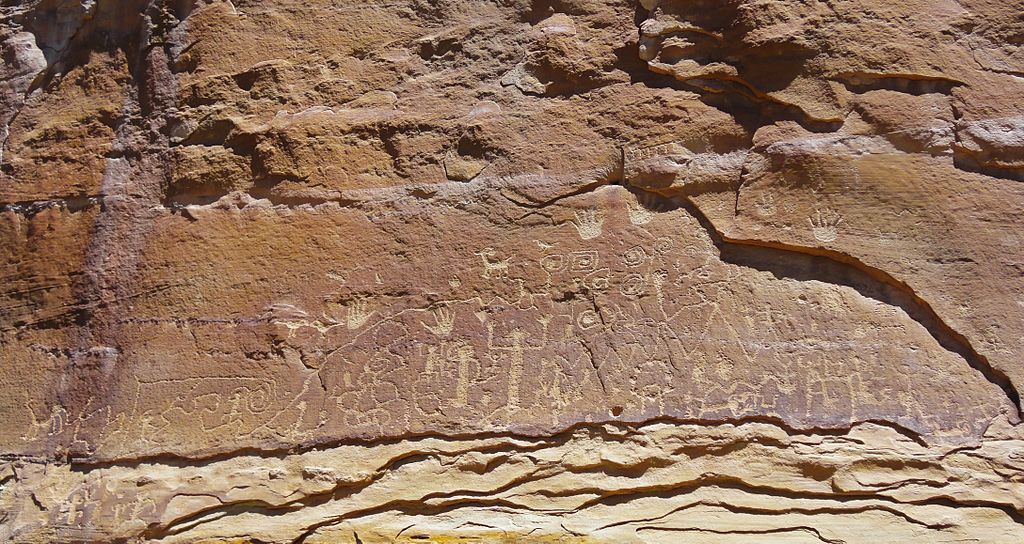
Photo: Rationalobserver Licensed under the Creative Commons Attribution-Share Alike 4.0 International license
What are petroglyphs? for children
Petroglyphs are pictures carved into rocks. They are made by incising (cutting into), picking, carving, or abrading (scraping away) the rock surface using tools including flint, bones, and metal.
The name petroglyph comes from the Greek word petra (πέτρα) meaning “stone”, and glýphō (γλύφω) meaning “carve”. The Paiute word for the carved rocks is Tumpituxwinap, which means ‘storied rocks’.
The petroglyphs were made by people living hundreds and thousands of years ago. These ancient pictures can still be seen today, in many places around the world. Some petroglyphs are believed to be over 20,000 years old.
You can also see ancient pictographs on rock faces which have similar pictures and symbols, but pictographs were painted onto the rocks rather than carved like petroglyphs.
Where can you see petroglyphs?
You can see petroglyphs carved into rock faces in all continents of the world, except for Antarctica. Famous examples can be found in Iran, India, Egypt, South Africa, Saudi Arabia, France, and China and in many other countries.
In what is now known as the United States of American petroglyph examples can be found in many states including in Utah, New Mexico, Ohio, Arizona, and Nevada. The Native people of what is now called the USA include the Pueblo, Dakota, Cheyenne, Arapaho, Iowa and Ojibwe tribes and many more, and it is the ancestors of these Native people who created the petroglyphs.
The Petroglyph National Monument in New Mexico is one of the largest sites of petroglyphs in North America. The petroglyphs here were carved by Native Americans and Spanish settlers 400 to 700 years ago.
You can see examples of petroglyphs found in North America in the photographs on this page. You can also see more via a Google search for Native American petroglyphs.
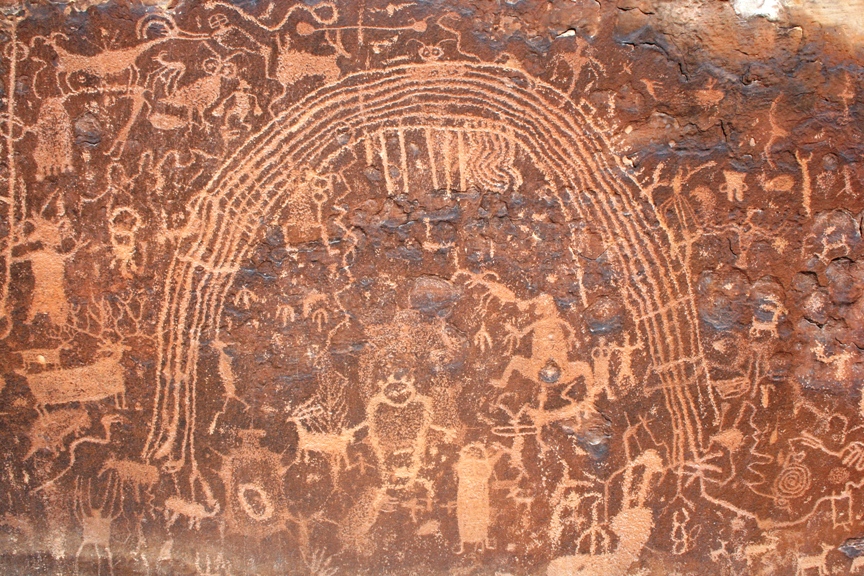
Photo: Utahcamera In the public domain
Why were petroglyphs made?
The many tribes of Native people who lived in what is now called Canada and the United States of American spoke many different languages. So that tribes could talk with other tribes, a system of sign language was created. This language is called Plains Indian Sign Language, Hand Talk, Plains Sign Talk or First Nation Sign Language. By having a shared system of signs, Native people could communicate with other tribes, for trade and storytelling.
Petroglyphs could also be a way to communicate between tribes, and to leave messages for other Native people who were travelling around the land.
What do petroglyph symbols mean?
Take a look at the photographs of petroglyphs on this page. What can you see? What images and symbols do you recognise? Don’t worry if you’re not certain: what do you think you can see?
Petroglyphs can be grouped into three main categories:
:: images that look like humans
:: images that look like animals
:: images that look like objects, symbols or shapes
Can you find examples of all three types of petroglyphs in the photographs on this page?
The petroglyphs in North America were created by many different Native tribes, and had different meanings depending on where and when they were drawn, and by whom they were drawn. Some symbols had specific shared meanings across several cultures. For example, bears could symbolise strength, broken arrows mean peace, and vertical lightening bolts mean power or speed.
Take a look at the petroglyphs in the photographs on this page. What do you think they mean? What messages do you think they are giving?
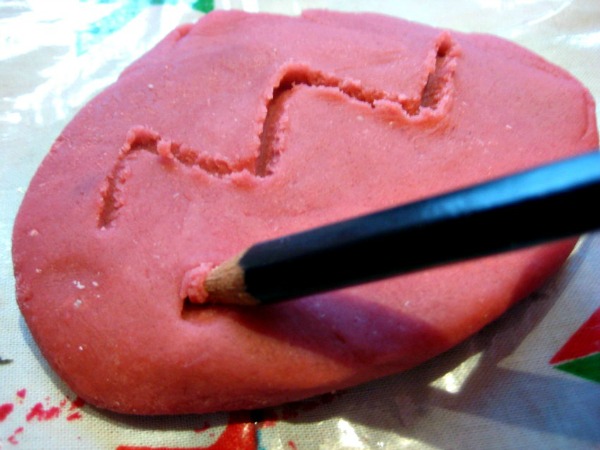
Petroglyphs art lesson for children
Let’s take inspiration from these Native American petroglyphs and draw designs of our own.
You can decide how you want to create your petroglyphs based on where you are creating your art and the materials you have available.
Petroglyphs are pictures that are carved, chipped and marked into rock. If you can give your children this experience, great! It might be, however, that your space and materials mean you can’t do this exactly. That’s OK too: you can still invite your children to be creative and make their own response to the petroglyphs.
Here are some ideas you might try:
:: if you have access to, and permission to use, a rock face or wall, you might use that as your canvass
:: if not, you can make marks onto pebbles and rocks
:: you could also use slabs of clay, play dough or salt dough. Roll them out using a rolling pin to make a tablet to write on
:: and you could also invite your children to create designs on paper or card. You could paint them first with mud or tea/coffee to make them rock coloured. You might stick the paper/card sheets up on the wall so that your children can experience the process of drawing on a vertical surface while standing upright
:: to make your marks you could use rocks with pointed edges or clay/pottery tools and stylus. Pencils or wooden kebab skewers also work well to make marks into clay and playdough / saltdough. Chalk and pencils can draw on rocks and pebbles. On paper and card you can use pencils and pens in earthy colours
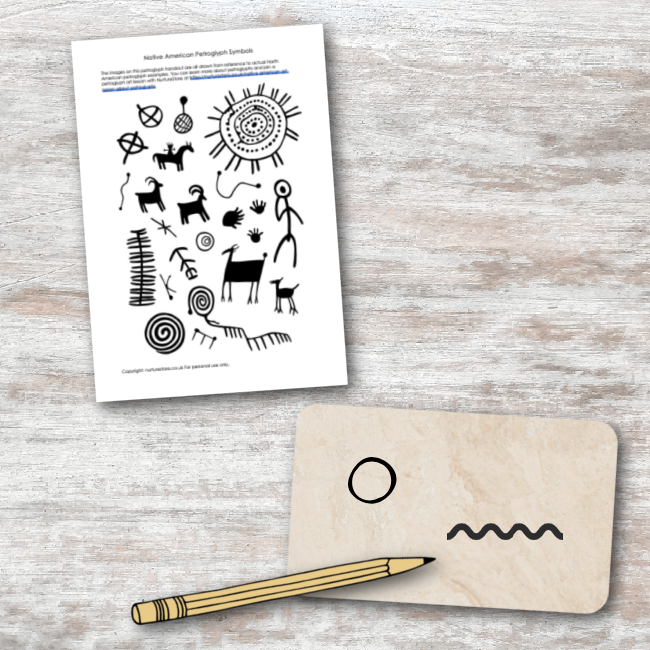
Create your own designs
Think about which symbols you want to use in your design.
Do you want to use some of the symbols in the Native American petroglyph pictures? You can print a free Native American petroglyph symbols handout below, which shows some of the symbols and motifs found in the petroglyphs in North America, which you can use for reference.
Or do you want to create your own symbols? If Native Americans used their petroglyphs to tell stories, commemorate events, and communicate important things to each other, what symbols and images would you use to create a message? What do you want to say?
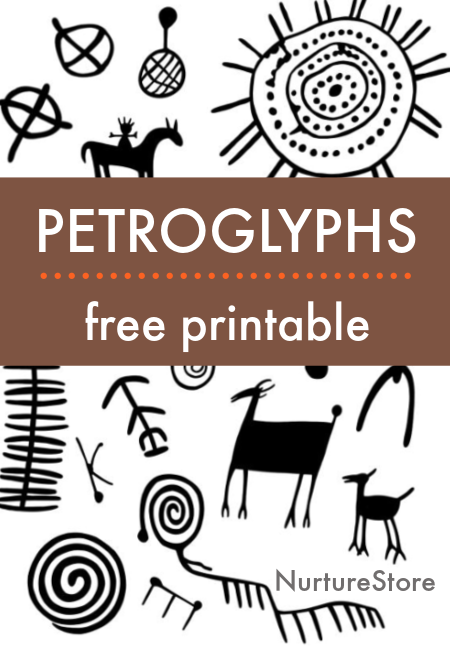
Free printable petroglyph symbols handout
You can download a free printable petroglyph symbols sheet below.
The images on the petroglyph handout are all drawn from reference to actual North American petroglyph examples. They are shared as inspiration and education and to make it easier and more accessible for your children to learn about Native American petroglyphs even if you are not able to see them in person.
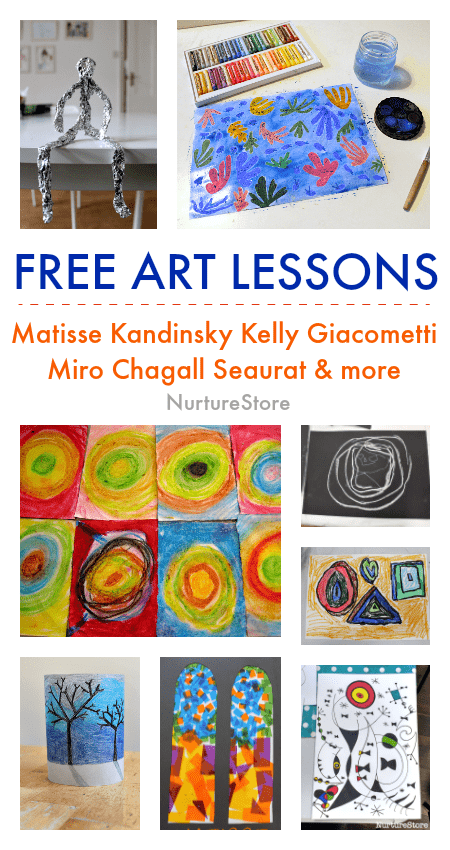
More art lessons about famous art and artists
Use NurtureStore’s art lessons to learn about more famous art and artists:
Continue to explore art using symbols with our art lesson inspired by Joan Miro.
Develop the idea of using stones for storytelling by making story stones.
See how artist Keith Haring uses figures and symbols in his art.
And see all NurtureStore’s other Thanksgiving-themed activities, art and crafts.



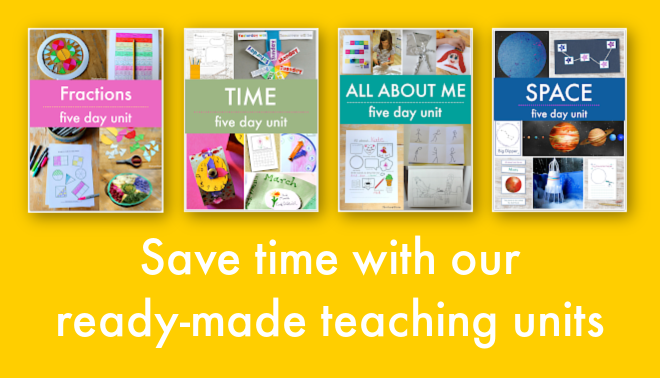
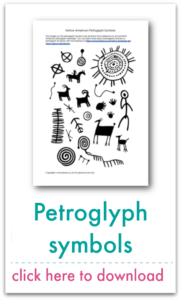
Thank you